Artem Silkin, town-island of Sviyazhsk: ‘We don’t need just 'more tourists’
The main thing is not the number of tourists, but the quality of their impressions, says the director of the museum-reserve
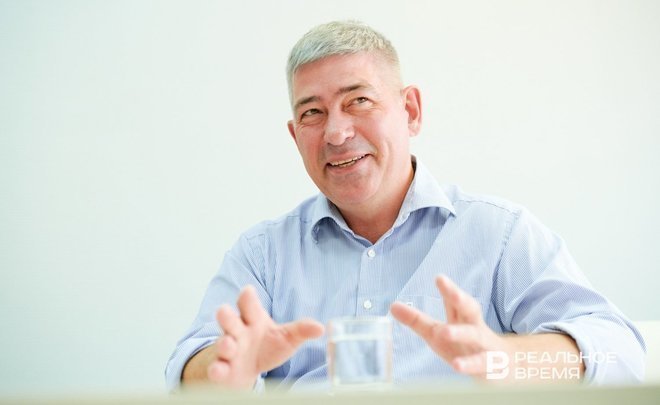
There are getting more and more people who want to see The Town-Island of Sviyazhsk Museum-Reserve every year. Many of them come again. Both museum staff and service representatives are on the alert. There are new museum spaces, galleries, workshops, cafes, and guest houses appearing. But the problem is that the flows of people intersect at points of attraction and begin to interfere with each other to perceive the atmosphere of the unique cultural, historical, and natural place. Artyom Silkin, the director of The Town-Island of Sviyazhsk Museum-Reserve, told in an interview with Realnoe Vremya what actions the museum's management is taking to preserve the island in its original form and so that visitors' impressions are not spoiled by the oversaturation with attractions.
“The question is not the number of tourists, but the quality of what people get from visiting the museum-reserve”
What does the museum do to attract more tourists to the island?
Domestic tourism has received a certain boost, I believe that there will be by 5-20% more visitors than last year. But we don't cook porridge, which you can't spoil with butter. We don't need just “more tourists”. We are interested that those people who get to Sviyazhsk have some information in their heads, and feelings in their souls. There's no point in galloping around the island. I think it's worth going to the museum and visiting some Orthodox shrines. Therefore, the question is not about the number of tourists, but about the quality of what people get from visiting the museum-reserve.
What new museums or workshops are expected to be opened in the near future?
One of the immediate tasks is the development of the site, which was transferred to us for the creation of the Museum of the River. The name is conditional, but it conveys the essence. This is the territory that adjoins Moskovskaya Street in the area of the Church of Constantine and Elena. It is planned to create an ethnographic space there, where it will be possible to build traditional boats and engage in traditional shipbuilding. We have studied the experience of our colleagues, went to Arkhangelsk to the shipyard of the Partnership of the Pomorye Shipbuilding. We have studied the experience of the Pallada club of young sailors from Kozmodemyansk, who have accumulated extensive experience working with teenagers — introducing them to manual labour and to marine river practices.
The aim of the project is to preserve the Volga river heritage. It will be a space where interested people, including local teenagers, will build wooden boats. Tourists who visit the island in transit will have the opportunity to see how it happens with their own eyes. It is possible to adopt the experience of Arkhangelsk, where there is a large public programme. In addition to boats building, lectures, concerts, presentations of traditional Pomorian cuisine are also held there. All this can be transferred to the Volga land. There are a sufficient number of young people in Sviyazhsk and in the vicinity who can occupy themselves with this. Since there are no funds in the budget, we will look for sponsorship, write grants. The project is not fast, it will take several years.
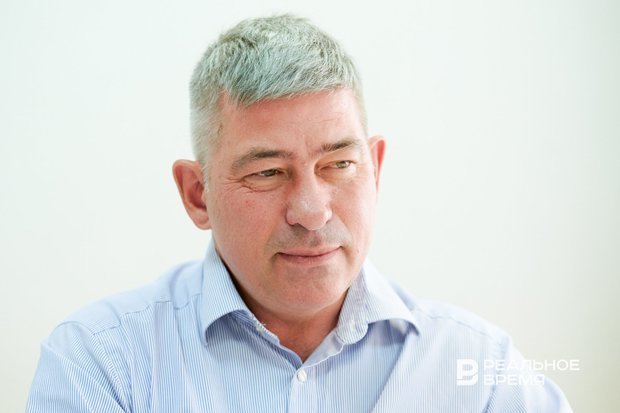
It will be a space where interested people, including local teenagers, will build wooden boats. Tourists who visit the island in transit will have the opportunity to see how it happens
The archery range for teenagers may still appear. The guys from Lenivyy Torzhok Association are discussing this project. Sviyazhsk is not such a big town, and there is a problem to organise leisure time for young people, and it will be interesting for both adults and children.
As for the river excursion movement. Next to you, literally a 15-minute ride on water, there is the Makaryevsky Monastery. Did you have an idea to organise an excursion tour by water to the monastery and back?
The museum is interested in this, but we don't have a fleet. River transportation of people is a separate story and requires a huge number of permits. Federal large museums, for example, Kizhi, have several vessels on the balance sheet, the state allocated them vessels, and a whole department is engaged in them. We simply do not have such resources. Maybe one of the shipowners will do it. Boating will be organised next year. One entrepreneur wants to organise walks on the water on the base of the old pier.
There is also a project of museumification of the landing stage, which was transferred to us last year from Kazan. There will be an exhibition inside dedicated to people of river professions and the actual landing stages themselves. I presented the concept of this space at the River Life conference. The initial repairs have been made, now we need to complete the project of mooring the landing stage. After that, the possibility of repair and restoration works will appear.
“A glass residence is going to appear over time”
Are there going to be new walking routes, maybe some unusual ones for visitors?
There is a route plan, which we are going to present separately and, apparently, next year. Our guides will take groups along the route connected with the surroundings of Sviyazhsk. We have been approaching this topic for a long time. Ecological walking tourism has the potential. We have unique landscapes at the entrances to Sviyazhsk, which we will show. We will explain to people what they mean. At the confluence of the Sviyaga River with the Volga, there is an opportunity to talk about geography, history, geological processes during which these rivers and hills that we see there were formed. It should be a genre of natural history excursions. In the Soviet Union, this format was carried out through the young naturalist stations. Now no one is engaged in this, but this is what unites with nature. Moreover, it unites meaningfully. We all love to walk through forests, meadows, but if a scientific and educational component is added, it teaches people to take care of nature. It is better to understand your place in it and your relationship with the world around you.
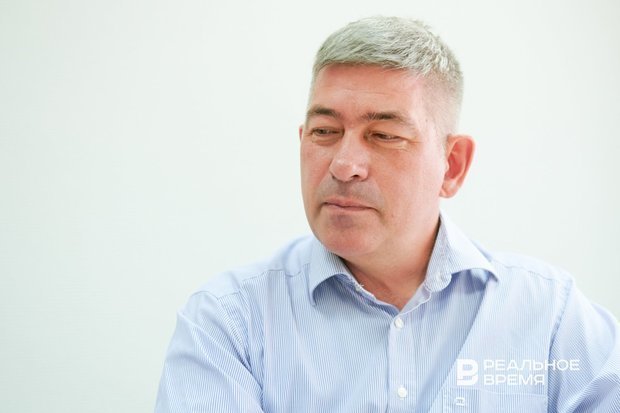
We have unique landscapes at the entrances to Sviyazhsk, which we will show. We will explain to people what they mean
Are there any plans for new workshops where visitors will have the opportunity to do something with their own hands or see the work of artisans? To what extent is this realised in Sviyazhsk?
We have started to create a park of ceramic stoves. The first stove has already been built. This is a copy of a 17th-century kiln for firing stove tiles. We are planning to add Japanese anagama to this stove, and after getting acquainted with the Uzbek stove at the Russian-Uzbek forum, we are thinking of adding a traditional Central Asian stove. Despite that they are about the same, but there are differences. There are no large wood-burning stoves in our region, and modern ceramists are interested in this. And this park will allow to hold residences for them in Sviyazhsk. This is very beneficial for both museums and artisans. A contribution is taken that allows you to buy firewood, and this is the main cost item — a large amount of firewood is required to heat it. The process can last a day or more. Ceramists come with their finished products and are fired in this stove. This is very much in demand among them and buyers. And we get the opportunity to work with ceramists who will create products, including for Sviyazhsk: souvenirs, art products, with which we will replenish the museum's funds. Such event can take place once every two months. Stoves can be heated at any time of the year. This is a very exciting process, and tourists who will be on the island at this time will have the opportunity to watch the action. Kiln firing is very creative, unlike an electric furnace. This work arouses genuine interest among people.
In the format of residence, we have been working for several years with graphs in the engraving workshop, where there are printing machines. From 3 to 10 masters come to us, and some of the works created in one or two weeks are left in the museum funds. We are interested in this. They are often first-class artists: Igor Langin from Cheboksary has just arrived, before that, Moscow graphic artists came, Marina Smolyaninova. Quite a lot has already passed through the residence of graphic artists, masters from Italy and Sweden came.
A glass residence is going to appear over time. Last year, with a grant from the Potanin Foundation, we purchased a glass melting stove — this is an environmental project with the recycling of glassware and bottles. It is quite large, with a temperature of 1300 degrees. Two of our employees are currently undergoing training. Already in winter, they will hold master classes for tourists, as well as make souvenirs. The stove, again, is the only one of this type in our region.
Regarding the construction of the planned stoves, I think it will be grant funds. Unfortunately, charity in relation to museums in our region is not developed. Here in the central regions, in the Far East, museums have a board of trustees who decide where to invest. We don't have that yet.
Where do you get the raw materials for the glass stove? Do you bring it separately?
There is no need to bring, tourists, unfortunately, leave enough garbage, including bottles, so there is no problem with raw materials. But if there are coloured glass bottles — bring them. Products made of them are interesting.
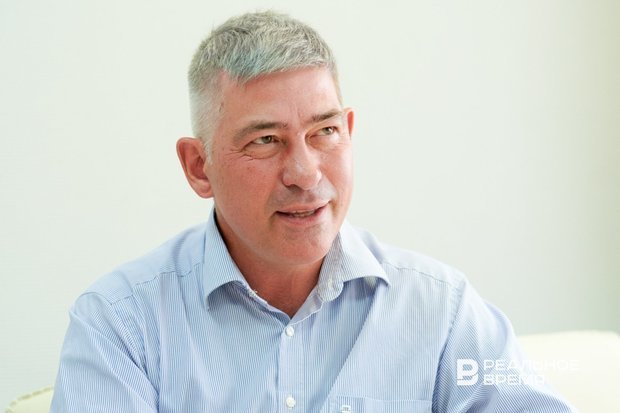
There are no large wood-burning stoves in our region, and modern ceramists are interested in this. And this park will give the opportunity to hold residences for them in Sviyazhsk
“We should not forget that people do not come here to eat or go to the toilet, although they cannot do without it”
Many tourists do not even reach the island, especially in the summer season, because tickets for motor ships have already been sold out, and they can come only by bus with a travel agency, but not everyone wants to go with a group — many like to travel independently.
We don't work here except as the receiving party. We don't have our own transport. The Ministry of Transport is creating a united river corporation, whose task is to increase the number of fleets. The state and the government are dealing with the issue of making river travel more accessible.
At the same time, when we have some events taking place, we conclude an agreement with a transport company and arrange a transfer for those who want to come from Kazan by bus. At the People's Boat festival, which took place recently in July, we organised bus travel, very soon, on September 2 on Day of the Sviyazhsk Fish Soup, we also organise transport.
We can talk endlessly about patriotism, but in practice, we implement it through a system of events — when we talk about history, about cultural heritage. Therefore, I suggest you visit our website and look at the action plan. We always prepare them carefully, invite interesting people — masters, artists.
What is the most frequent request from tourists? What do they lack on the island for a perfect experience? Hotels, cafes, beaches, museums, hiking trails?
The biggest request from tourists is toilets. But this problem is not solved. They have been built, but are not yet in operation. These are not museum toilets, the municipality is responsible for them, so I can't say for what reason. Perhaps, they can't get funds for their maintenance. We hope that they will work.
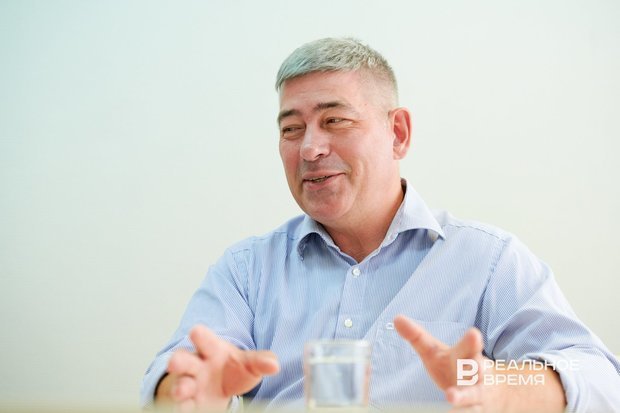
In world practice, there are examples of how happily, trying to serve a stream of tourists in a small settlement, a historical place was built up with service facilities, and it turned into a shopping centre
Recently, there have been fewer complaints about the quality of food. Now quite a lot of objects operate: a large dining room in a convent, a horse yard, Buyan cafe, Yolki Cafe, Fishing Farmstead cafe, another cafe is being under construction. Many travel companies feed tourists in establishments that are on the way, they are not taken to Sviyazhsk.
For such a small space as Sviyazhsk, 7-8 catering establishments are quite enough. We cannot turn the whole of Sviyazhsk into a dining room. We should not forget that people do not come here to eat or go to the toilet, although they cannot do without it. They are going for the atmosphere, for this landscape that exists today. If the island is urbanised with the help of some service facilities, the reason why people come here will disappear — the spirit of the place.
In world practice, there are examples of how happily, trying to serve a stream of tourists in a small settlement, a historical place was built up with service facilities, and it turned into a shopping centre. An example of such mistake is the French fortress island of Mont Saint-Michel, similar to our island, where they had to dismantle a huge parking lot and bring the entire service to the mainland to restore the uniqueness of the historical object.
As for hotels, there are not many of them, but few people come with an overnight stay, this is a fraction of a percent. Our main traffic is daytime. They can spend the night in the nearest settlements. For example, there is a huge complex in Vvedenskaya Sloboda. On the way to Sviyazhsk, there is Sviyaga recreation centre with a large number of accommodations.
The beach area according to geographical conditions is possible only from the side of the access road. At one time, the monastery declared its unwillingness to see the beach in front of its nose, so the project was curtailed. In other places, it is impossible to equip the beach, so it is not supposed to be there.
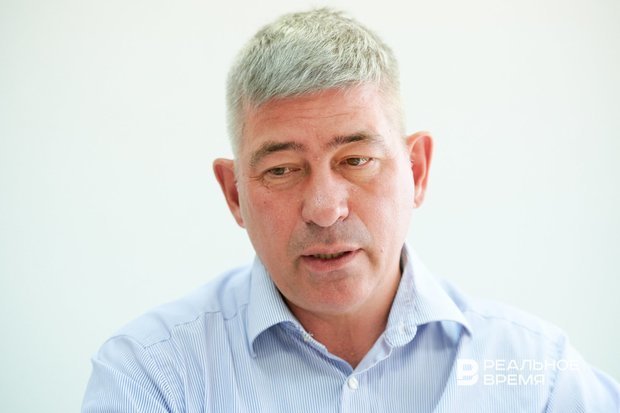
Now it happens, especially on weekends, that people are simply not comfortable due to that crowds of visitors go to the same places. People interfere with each other, they don't see Sviyazhsk because of this
What is the really big problem that worries you, which is not solved in any way, while interfering with the development of the museum space and worsening the quality of visits for tourists?
A large number of people began to arrive by private vehicles, they completely clog the parking lot near the island. They park their cars on the side of the road along the road, there are no sidewalks there, all this creates confusion, inconvenience to people, especially on weekends. It is already difficult to talk about road safety.
The Sviyazhsk management plan provides for the development of service functions in the buffer zone — that is, in the vicinity of Sviyazhsk. More than 10 years ago, an intercepting parking lot was built, which was also built for us by our order, but it has not yet been transferred to the museum-reserve, due to some bureaucratic nuances. This is something that has not moved from the dead point.
Intercepting parking is located 2 kilometres from the island. It was supposed to leave cars there and then tourists would be taken directly to Sviyazhsk on a free bus. Nearby parking could be paid to maintain buses to pick up people from the intercepting parking lot. There, in the intercepting parking lot, it is also possible to place part of the service infrastructure in the form of toilets, snack bars, so as not to overload the historical space of the island itself. UNESCO recommends that we develop all service functions, such as cafes, hotels, outside the territory of Sviyazhsk Island — in the buffer zone. There is quite a lot of free land near Sviyazhsk, and nothing prevents this from being done. Such scheme works perfectly on the analogue of our Sviyazhsk — the island of Mont-Saint-Michel — and has proven itself well.
In connection with the increasing tourist flow, what other programmes are you going to launch?
If such pace of development continues, then in a year or two it will be a task to limit the number of tourists on the island, as is done, for example, in Venice. There is a limit on received vessels.
The maximum number that Sviyazhsk can receive is 2 million visitors a year. Moreover, intercepting parking will work, as well as other activities that will allow tourists to disperse. Now it happens, especially on weekends, that people are simply not comfortable due to that crowds of visitors go to the same places. People interfere with each other, they don't see Sviyazhsk because of this. They see a crowd of people.
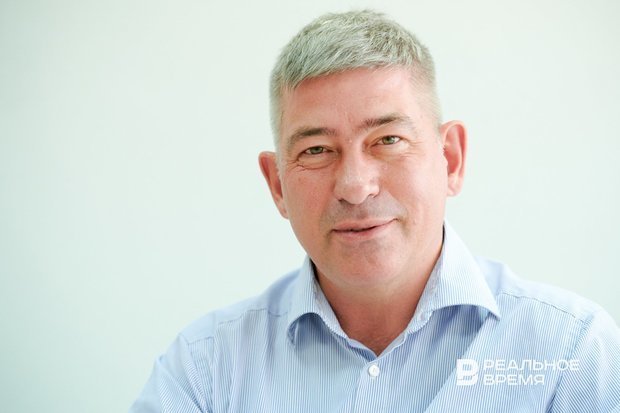
What else would you like to see on the island?
We would like to see more landscaping. We would like to implement a project to revive the boggy lake, which is located behind the Museum of Tree Archaeology. And most importantly, we want Sviyazhsk to remain for a long time a place that preserves its special spirit of a historical settlement, so that we do not spoil it with our careless actions.